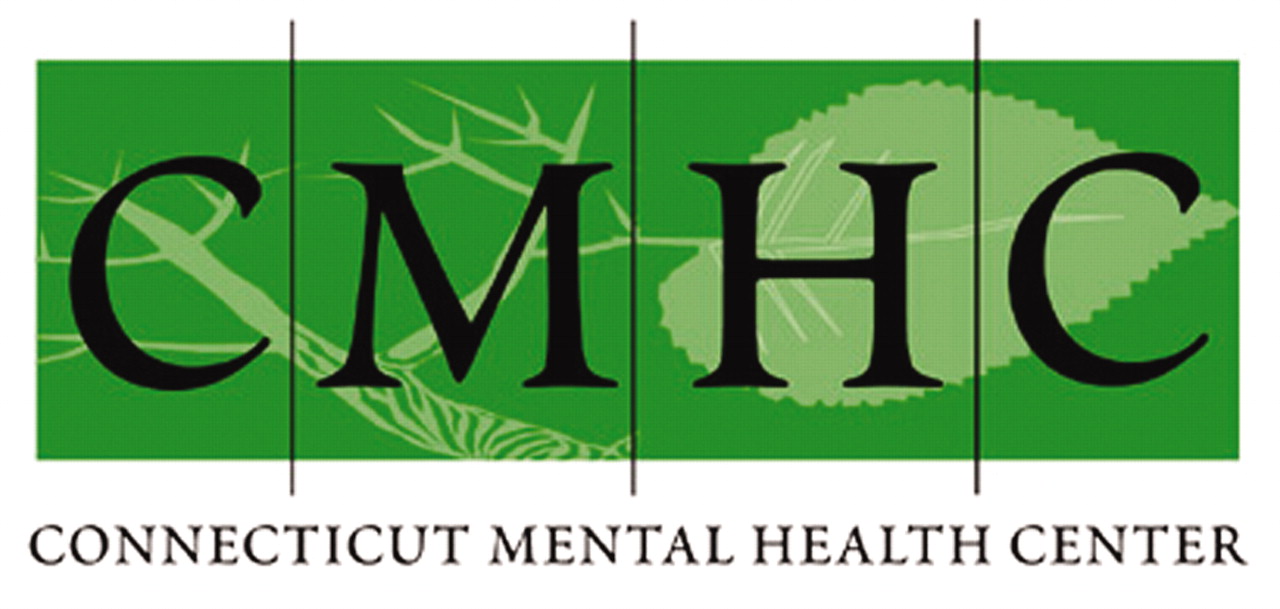Each night outreach workers from the Connecticut Mental Health Center (CMHC) and collaborating agencies work at New Haven's Town Green encouraging homeless people to accept help for their mental illness and substance abuse problems.
By day, at the center itself, Yale Department of Psychiatry faculty members and other researchers conduct clinical and basic neurobiological research in a very different kind of effort to mitigate the damage of those disorders.
The range and variety of expertise that the CMHC brings to the alleviation of mental illness result in large part from its administrative structure.
The CMHC is a state-owned community mental health center that operates under a memorandum of agreement between Connecticut's Department of Mental Health and Addiction Services (DMHAS) and Yale University. That arrangement, which began 39 years ago, poses obvious challenges and offers great opportunities.
Like other mental health centers, the CMHC serves an economically disadvantaged population who suffer from serious mental illness, often with a co-occurring substance abuse disorder.
“We take that responsibility seriously,” said CMHC Director Selby Jacobs, M.D. “This is not an ivory tower. We serve exactly the same kind of people you find at other community mental health centers.”
With a budget of more than $1 million, the CMHC operates its Outreach and Engagement Project, bringing treatment and rehabilitative services to people who traditionally are among the most reluctant to accept them (see article below).
Staff provide services at three satellite clinics, one of which offers bilingual and bicultural services to Spanish-speaking people, in addition to outpatient and hospital treatment at its main facility.
Outreach to the community is enhanced by virtue of the CMHC's role as the lead agency for the Community Services Network (CSN). Sixteen community-based organizations work as a consortium to address the needs of people with serious mental illness and cooccurring substance use disorders.
Tom Styron, Ph.D., CSN's executive director, said CSN provides a“ remarkably diverse, innovative, and comprehensive set of services.” They include vocational and social rehabilitation programs, crisis and respite services, and opportunities for various kinds of supported housing.
He pointed to the Park Street Inn as an example of collaboration. Funded by DMHAS, the facility will provide transitional housing to persons who might otherwise need to remain in a state psychiatric hospital. Coordinated medical and rehabilitative services will be offered by four of the CSN member agencies in an effort to prepare residents for permanent homes in the community.
Jacobs is a professor of psychiatry and Styron is an associate professor in the Department of Psychiatry at the Yale University School of Medicine. Those affiliations are key to some of the CMHC's strengths.
DMHAS Commissioner Thomas Kirk, Ph.D., described the advantages of Yale University's involvement with the CMHC.
“It's a win-win situation,” he said. “Patients benefit from the improved quality of care that comes from the application of new research, and faculty members gain the experience of treating people with challenging forms of mental illness in a well-run facility.”
He pointed out that the university affiliation also enhances the state's capability to benefit from federal research and development grants.
Jacobs said, “DMHAS provides about $3 million in research money to the CMHC each year. Faculty members leverage that figure about six times because of their ability to obtain competitive research grants.”
He believes that success in translating research into practice is a defining characteristic of an academic mental health center. The Institute of Medicine has estimated the time for such translation typically to be 15 or more years.
Staff have begun a multiphase effort to build on their successful experience conducting large-scale research projects to bring the results of that research more quickly to patients.
They reviewed lists of ongoing research projects and interviewed research program directors to identify projects that lend themselves to translation. One of the three projects identified will incorporate the results of neurocognitive research that enhances brain functioning into an existing program that provides psychosocial supports for people with disabilities who are preparing for employment.
Greater use of evidence-based medicine and of best practices will also support the goal of improving the translation of research.
Jacobs also mentioned a collaborative effort between DMHAS and the Yale Program for Recovery and Community Health (PRCH).
With support from a five-year, $2.3 million grant from the National Institutes of Health to the DMHAS, PRCH researchers will examine the effectiveness of various interventions, such as peer-support services and collaborative treatment planning, that are part of “person-centered care.” (Collaborative efforts between DMHAS and PRCH to implement a recovery model throughout Connecticut will be described in a later issue.)
Commissioner Kirk cited the CMHC's work in forensic psychiatry as another important contribution. Staff from the Law and Psychiatry Program consult with courts and community groups, conduct research, and train psychiatry residents.
The CMHC's overall budget is approximately $50 million a year for research, services, and costs attributed to teaching, but the figure fluctuates with the availability of research funds.
Medicaid funds constitute approximately 2 percent of the budget for clinical services, considerably less than the percentage at most community mental health centers.
One result is greater flexibility in terms of services offered and eligibility for those services. The CMHC also has limited protection from the kinds of funding cuts that are occurring throughout the country.
Jacobs said, however, that DMHAS funding has been “flat” for several years, which results in a decrease in resources because of the effect of inflation.
“We are not claiming to do more with less,” he said. “We are going to maintain quality and balance in the kinds of clinical services we offer.”
Nonetheless, Jacobs is identifying cost-effective ways of providing good care. A clinic that will offer early intervention at the time of the first episode of psychosis is one such method. The result, he expects, will be better quality of life for the patients and lower costs for the mental health system because of diminished need for repeated hospitalizations and other kinds of expensive long-term treatment.
He also continues to find ways to sell the value of the CMHC to state officials and other audiences.
“We are training the future generation of medical directors, doctors, and psychiatric nurses who will be responsible for the health care of Connecticut residents,” Jacobs said.
He can show that the CMHC secured federal grants that nearly doubled the amount of money that the DMHAS targeted to the provision of supported-housing opportunities for people with serious mental illness.
New Haven city officials and DMHAS offered financial support for the CMHC's outreach program because of its success in addressing problems of homelessness and substance abuse (see article on facing page).
Jacobs believes strongly in the importance of advocacy at the national level for adequate funding for public psychiatry. He is chair of APA's Committee on Public Funding for Psychiatric Services.
“During his presidency, Dr. [Paul] Appelbaum highlighted the problems associated with the systematic defunding of the mental health system,” he said. “Data from SAMHSA for 1991-2001 support his view and show a shift in costs to the public sector. Medicaid has become the most important single source of funds for mental health services. Now that program is the target of a government commission established to control and cut costs. Any cuts will hurt the most needy and vulnerable of psychiatric patients. I believe that responding to Dr. [Steven] Sharfstein's recent call for increased advocacy is crucial.” Sharfstein is APA's current president.
Information about the Connecticut Mental Health Center is posted at<www.communityservicesnetwork.org/agencies/cmhc.html>.▪


